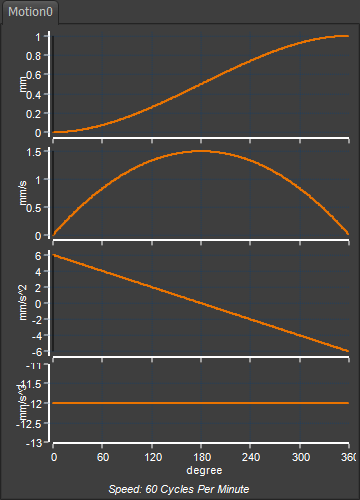Polynomial 2-3 Cam-Law, Motion-Law
Motion Description
Motion-ValuesUse the Control-Buttons and the Flexible Polynomial motion-law
Segment Parameters
Segment-Range
See also : See also : |
|||||||||
 Polynomial 2-3 Motion-Law Coefficients
Application Notes
|
|
<< Click to Display Table of Contents >> Navigation: MotionDesigner Reference & User Interface > Motion Laws / Cam-Laws for Segments > Polynomial 2-3 Motion-Law |
Motion Description
Motion-ValuesUse the Control-Buttons and the Flexible Polynomial motion-law
Segment Parameters
Segment-Range
See also : See also : |
|||||||||
 Polynomial 2-3 Motion-Law Coefficients
Application Notes
|